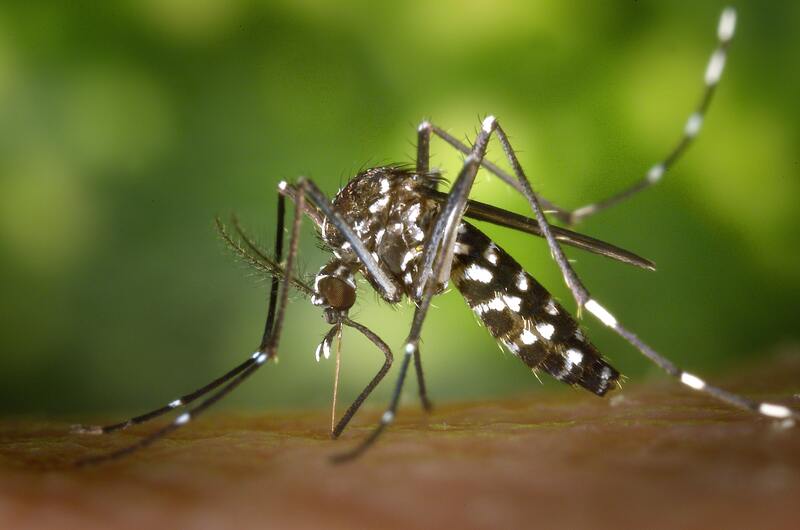Leishmaniosis in the Mediterranean

As many of you know, leishmaniasis is an infectious disease that affects dogs, causing both cutaneous and visceral signs and is often fatal. What you may not know is that it is a zoonosis, meaning a disease that also affects humans (and many other species) and for which, currently, there is no cure or 100% effective vaccine, neither for dogs nor for humans. In addition, the Mediterranean region is one of the areas with the highest number of infected humans and animals, as the vector that transmits it (a particularly nasty mosquito) is endemic in this area.
Natural selection has taught us that populations of organisms adapt to the conditions in which they live, so that the selection pressure causes animals that are genetically better adapted to their environment to survive. Diseases are no exception, so there are many examples of populations of certain species living in regions where a particular endemic disease exists, developing mechanisms to create resistance to that disease. This has been observed in certain human populations against strains of the parasite that causes malaria, among many other examples in both humans and other animal species.
And this, necessarily, raises a question: If leishmaniasis is endemic to the Mediterranean region, where the parasite that transmits it has existed since the Paleolithic era, are there resistant populations in this same region? That is the question we have asked ourselves and are trying to answer with our studies.

Published by:
Lola Llobat